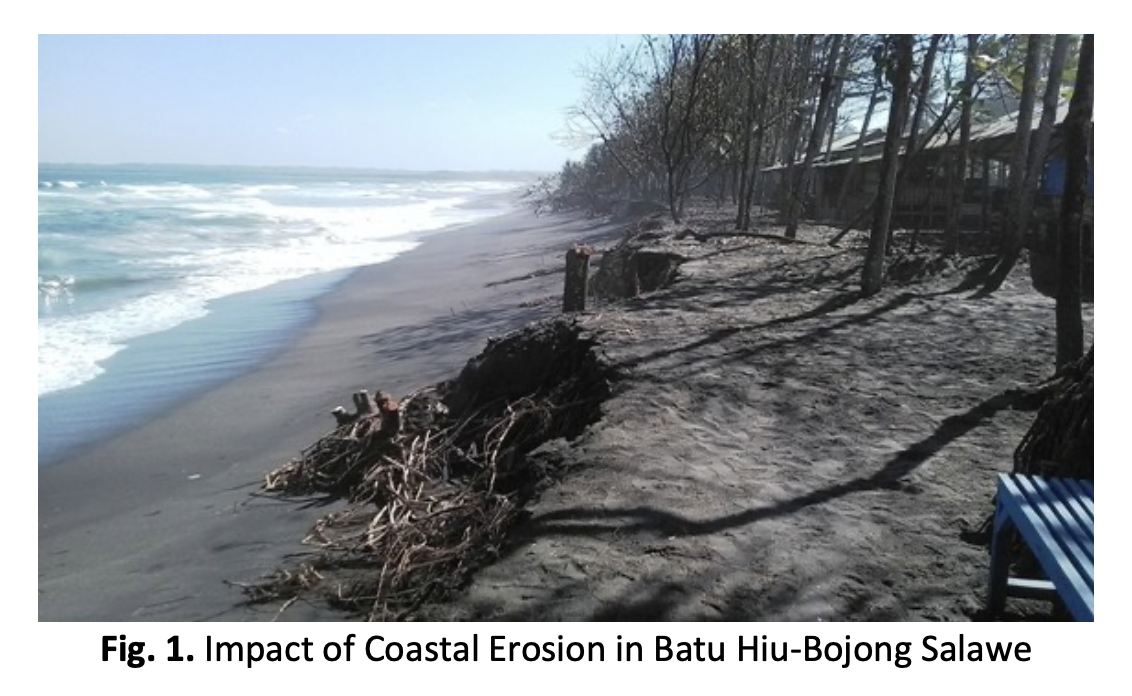Numerical Analysis of Shoreline Changes along the Coast Batu Hiu-Bojong Salawe, Pangandaran Regency, West Java Province, Indonesia
DOI:
https://doi.org/10.37934/araset.42.2.5871Keywords:
Abrasion, Accretion, Batu Hiu-Bojong Salawe, DSAS, Shoreline changeAbstract
Shoreline change poses a significant challenge in coastal regions, leading to issues such as abrasion, soil erosion, and the loss of valuable land. This problem is prevalent in various areas of Pangandaran, particularly in the Batu Hiu-Bojong Salawe coastal region of Pangandaran Regency, West Java, Indonesia. The objective of this study is to analyse and quantify the distance and rate of shoreline changes occurring over a decade (2010-2019) in the Batu Hiu-Bojong Salawe coastal area. Utilizing ArcMap software and the Digital Shoreline Analysis System (DSAS), this research aims to provide insights into the coastal dynamics, drawing analytical points from comparable studies for a comprehensive understanding. Batu Hiu's western coast faces substantial erosion (29.70m, LLR 3.10 m/year, EPR 3.22 m/year), while the east experiences accretion (52.76m, LLR/EPR 5.49 m/year, 5.72 m/year). Coastal dynamics, influenced by rocky structures, lead to sedimentation and erosion. Bojong Salawe Beach sees noteworthy accretion (83.01m, LRR/EPR 8.88 m/year, 9.00 m/year), with a maximum at transect 85 (134.5m, LRR 14.27 m/year, EPR 14.58 m/year). Erosion at transects 104 and 107 averages 30.47m, with LLR/EPR rates of 3.41 m/year and 3.3 m/year. The Cijulang River estuary contributes to coastal stability, resulting in significant accretion. This information is vital for coastal management, offering insights to address erosion and accretion impacts in Batu Hiu and Bojong Salawe coastal areas.
Downloads




























